Boom Cylinder For World Small Excavator W218
As one of the hydraulic cylinders manufacturers, suppliers, and exporters of mechanical products, We offer hydraulic cylinders and many other products.
Please get in touch with us for details.
Mail:sales@hydraulic-cylinders.net
Manufacturer supplier exporter of hydraulic cylinders.
Boom Cylinder For World Small Excavator W218
Product Overview
The Boom Cylinder for the World Small Excavator W218 is a specialized hydraulic cylinder designed to control the movement of the bucket in various heavy machinery applications, including excavators, backhoe loaders, and front loaders. This hydraulic cylinder enables the bucket to lift, lower, and tilt, facilitating efficient material handling tasks. The bucket cylinder plays a crucial role in the hydraulic systems of construction equipment, ensuring precise operations during digging, loading, and transporting materials.
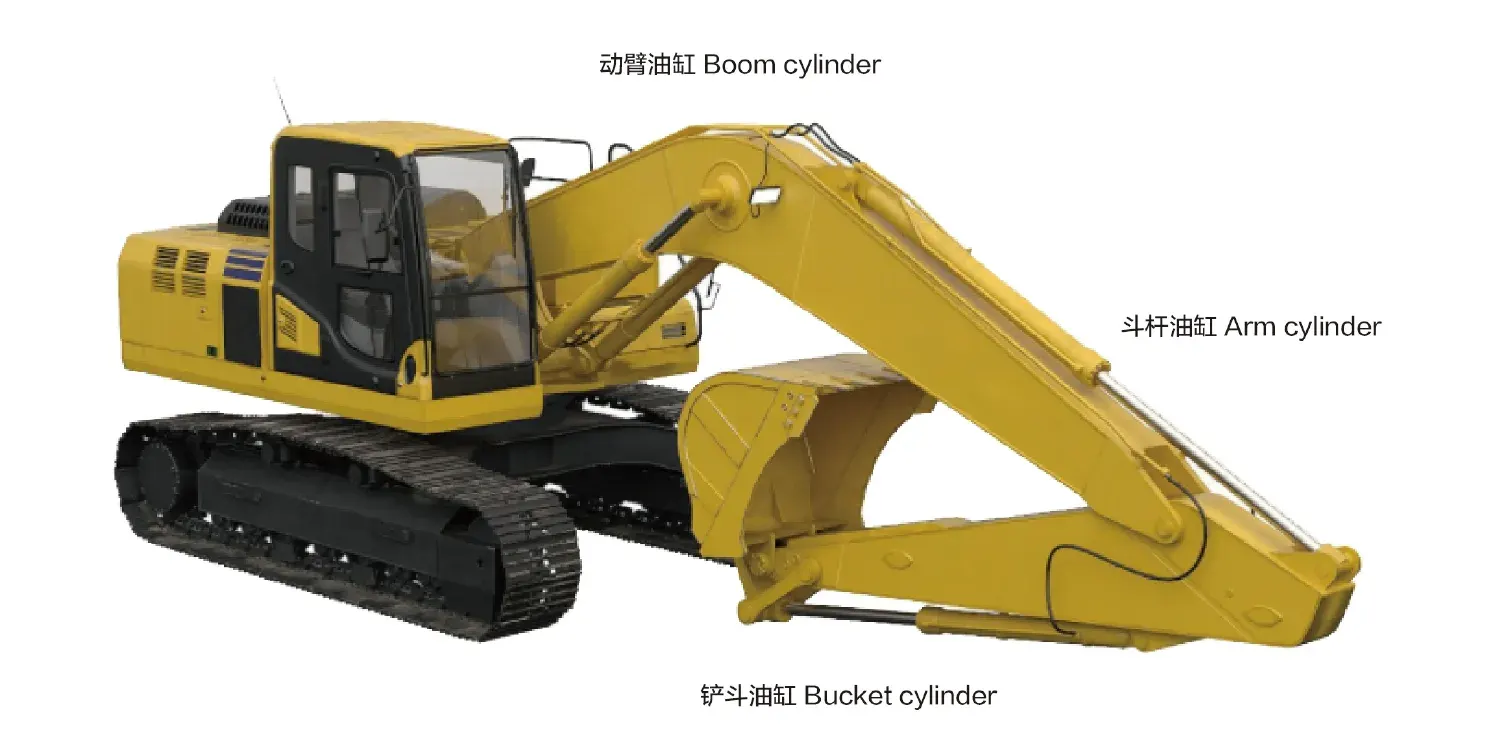
Definition and Functionality
The bucket cylinder is a type of hydraulic cylinder that uses hydraulic fluid to create linear motion. It operates under pressure, allowing heavy machinery to perform tasks with great force and precision. The design of this cylinder considers factors like strength, durability, and corrosion resistance, making it suitable for harsh working environments. These cylinders are essential in construction and agricultural machinery, enabling operators to perform a variety of tasks smoothly and effectively.
Features of the Boom Cylinder
- High Strength and Durability: Typically made from high-strength steel or aluminum, these cylinders can withstand high pressure and heavy loads, making them suitable for harsh working conditions.
- Efficient Hydraulic Operation: The use of hydraulic oil pressure allows for smooth extension and retraction, enabling fast response to control commands and providing strong pushing and pulling force.
- Diverse Types: Available in single-acting (operating in one direction) or double-acting (operating in both directions) configurations, catering to different operational needs. Some models feature a telescopic design for greater extension without increasing external dimensions.
- Corrosion Resistance: Designed with materials that resist wear and corrosion, extending the lifespan and reliability of the hydraulic cylinder even in adverse conditions.
- Customizable Options: Our cylinders can be customized to fit various models of excavators, ensuring that they meet specific operational requirements.
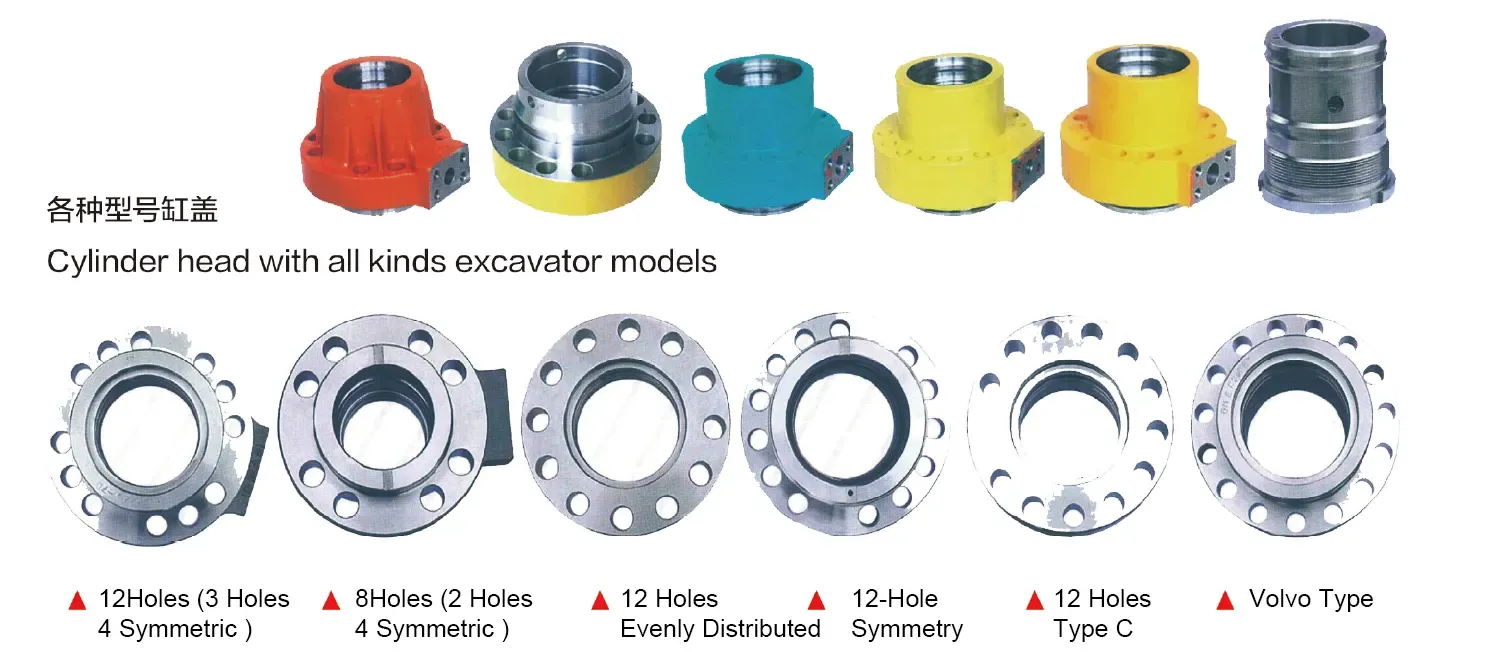
Applications of the Boom Cylinder
Construction Equipment
In excavators, boom cylinders are crucial for digging, loading, and moving earth or debris. They allow the operator to control the depth and angle of the bucket, improving efficiency and precision during excavation tasks. Their reliable performance contributes to reducing operational downtime, making them a vital component in construction sites.
Agricultural Machinery
In front-end loaders, boom cylinders facilitate the scooping, lifting, and transporting of soil, hay, and other materials. Their ability to handle heavy loads quickly enhances productivity on farms, allowing for efficient land management and crop harvesting. This versatility makes them indispensable in the agriculture sector.
Excavators
In excavators, the boom cylinder allows the bucket to penetrate soil effectively, enabling powerful digging actions. By providing the necessary force to break through hard terrain, these cylinders optimize the excavating process, resulting in faster project completion times and reduced labor costs.
Loaders
In front loaders, boom cylinders assist in lifting and tipping loads efficiently. Their design ensures that operators can handle various materials, from loose soil to heavy pallets, with ease. This capability enhances the loader’s functionality across different applications, ensuring maximum operational flexibility.
Design Considerations and Selection Criteria
Load Capacity
When selecting a boom cylinder, understanding load capacity is essential. The cylinder must be engineered to handle the maximum load expected during operation. This involves considering factors such as the weight of the materials to be moved and the specific requirements of the machinery. A properly rated cylinder will ensure safety and efficiency, preventing premature failure or accidents.
Sealing and Durability
Effective sealing is critical in hydraulic cylinders to prevent leaks and maintain pressure. High-quality seals made from materials like polyurethane and nitrile rubber are essential for durability and performance. The design must also accommodate easy replacement of seals, as regular maintenance is crucial for long-term operation.
Safety Features
Safety should always be a priority in hydraulic cylinder design. Incorporating features such as pressure relief valves and overload protection mechanisms can prevent catastrophic failures. Ensuring that these safety features are integrated into the cylinder design will protect operators and equipment during operation.

Sealing and Lubrication
Effective sealing and lubrication are paramount for the performance of boom cylinders. The use of various sealing components, such as piston seals and rod seals, ensures that hydraulic fluid remains contained within the cylinder, preventing leaks that could compromise operation. Seals made from durable materials like polyurethane and nitrile rubber offer resistance to wear and environmental factors.
Furthermore, the cylinder body and threaded end surfaces undergo fine treatment processes to enhance wear resistance. Regular lubrication with suitable hydraulic oil is required to maintain smooth operation, minimize friction, and extend the lifespan of the cylinder. Operators should monitor oil levels and replenish as needed to avoid operational issues.
Preventive Maintenance Measures
- Regular Inspections: Conducting routine checks on the hydraulic system can help identify wear and potential issues before they escalate. Look for leaks, damaged seals, and signs of wear on the cylinder body.
- Appropriate Lubrication: Ensuring that the hydraulic oil is at the proper level and is of the correct type is crucial. Regularly check for oil contamination and replace it according to the manufacturer’s recommendations.
- Seal Replacement: Monitor seals for signs of deterioration. Regular replacement of seals can prevent leaks and ensure consistent performance. It’s important to have replacement seals on hand for quick repairs.
Installation Guidelines
Proper installation of the boom cylinder is essential for optimal performance and longevity. Begin by ensuring that the workspace is clean and all necessary tools are available. Align the cylinder accurately with the mounting brackets to prevent undue stress during operation. It is recommended to use suitable mounting brackets to secure the cylinder in place.
During installation, ensure that all hydraulic connections are tight and leak-free. Check the hydraulic system for any obstructions that could impede flow. Once installed, perform a test operation to verify that the cylinder extends and retracts smoothly without any unusual noises or resistance.
Common Maintenance Tasks
Regular Inspections
Regular inspections of the boom cylinder are critical to ensure all components are functioning correctly. Look for signs of wear, such as scratches on the cylinder or abnormalities in the movement. Early detection of issues can save costs associated with major repairs and increase safety during operation.
Proper Lubrication
Maintaining proper lubrication is vital for the smooth operation of hydraulic cylinders. Ensure that the hydraulic oil is clean and filled to the recommended level. Regularly check for any leaks, as low oil levels can lead to decreased performance and increased wear on the cylinder components.
Seal Replacement and Calibration Checks
Replacing seals at the appropriate intervals is important to prevent leaks and maintain hydraulic pressure. Schedule regular calibration checks to ensure that the cylinder operates within its specified parameters. Proper calibration can enhance performance and prolong the life of the hydraulic cylinder.
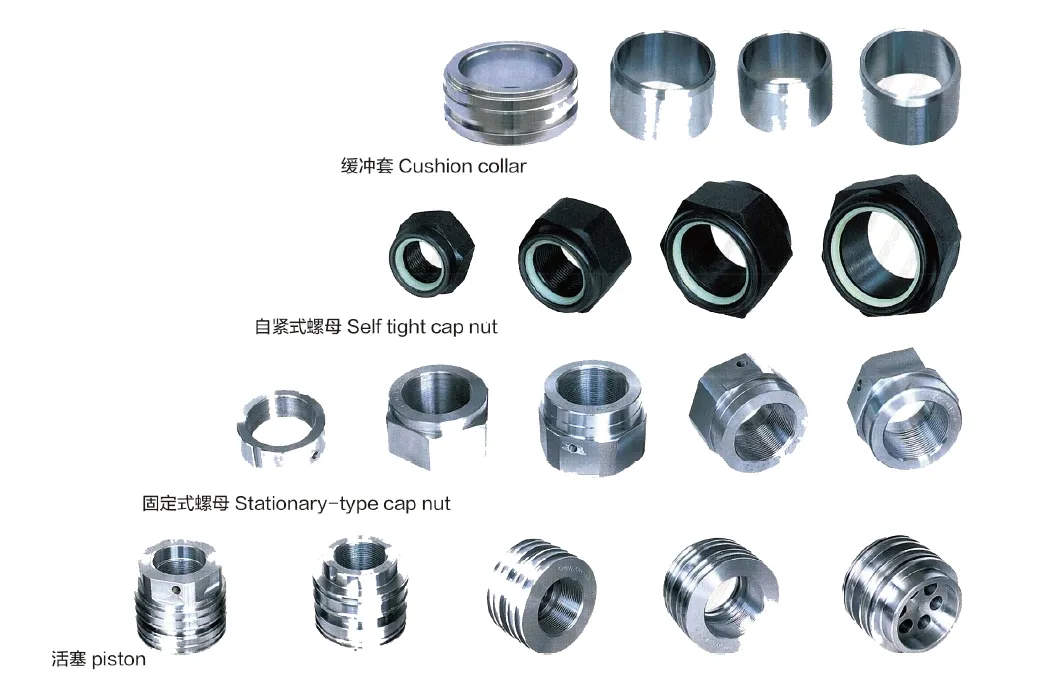
Safety Considerations and Environmental Factors
When working with hydraulic cylinders, implementing safety measures is of utmost importance. Operators should wear appropriate protective gear and be trained in safe operational procedures. Regular safety audits can help identify potential hazards associated with hydraulic systems. Ensuring that all components are well-maintained and functioning correctly will further reduce risks during operation.
Fault Diagnosis and Common Issues
- Fluid Leaks: Check for visible leaks around seals and connections. Fluid loss can lead to pressure drops and decreased performance. Investigate and replace worn seals or tighten connections as necessary.
- Inconsistent Cylinder Movement: If the cylinder experiences sluggish or jerky movement, it may indicate air in the hydraulic system or low fluid levels. Bleed the system and ensure the fluid is at the correct level.
- Overheating: Excessive heat can be a sign of fluid contamination or overworking the cylinder. Regularly check the hydraulic fluid for cleanliness and viscosity.
Troubleshooting Tips
To effectively diagnose and resolve issues with the boom cylinder, follow these troubleshooting tips. Begin by identifying the symptoms and conducting a thorough inspection of all components. Address any leaks promptly, as failing to do so can lead to more significant problems. If the cylinder shows signs of wear or damage, consider replacing it to maintain operational efficiency.
Preventive measures such as regular maintenance checks, ensuring proper lubrication, and using high-quality hydraulic fluid can help minimize potential issues. By adopting a proactive approach, operators can extend the life of the boom cylinder and enhance its overall performance.
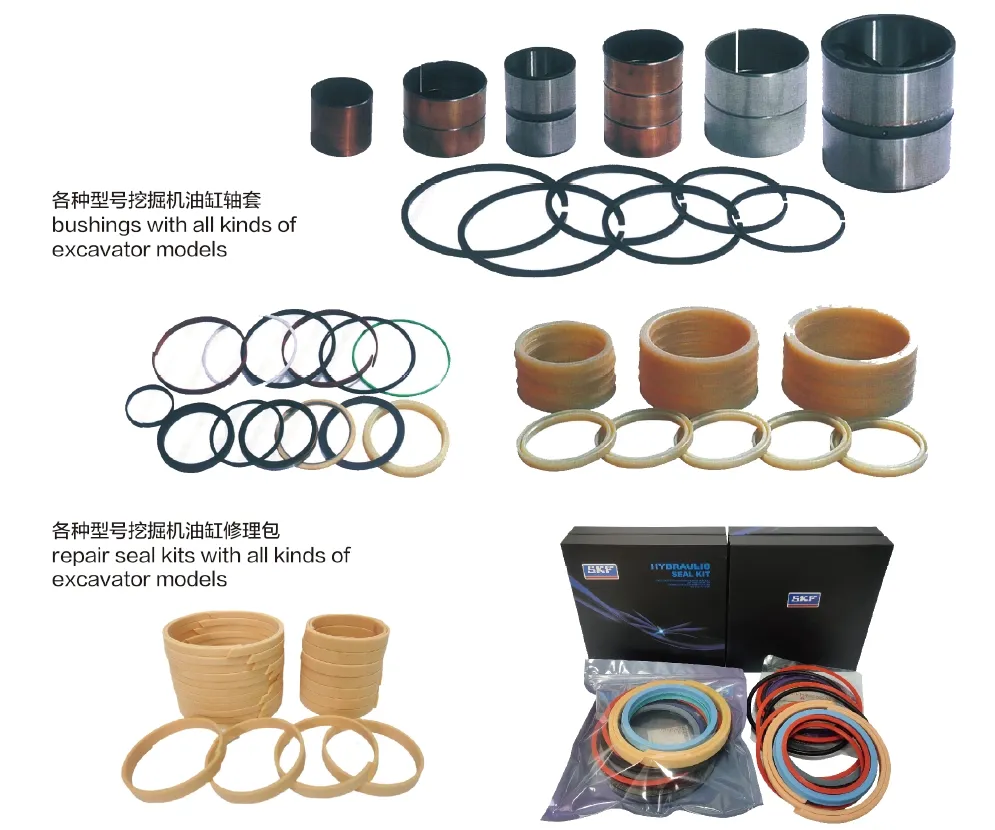
Company Overview
We are a leading manufacturer and wholesale distributor of hydraulic cylinders, recognized for our comprehensive range of products. Our commitment to excellence drives us to adopt industrialized production management strategies, leveraging cutting-edge technology and skilled talent. We continually enhance our manufacturing capabilities, ensuring that we meet diverse customer needs with high efficiency and precision.
Our products are manufactured under rigorous quality control standards, complying with international certifications. We offer customized services to meet individual client specifications, ensuring that every product is tailored for optimal performance. With a strong after-sales service framework, we support customers throughout their product lifecycle, providing maintenance and replacement services to maximize usage and minimize downtime.
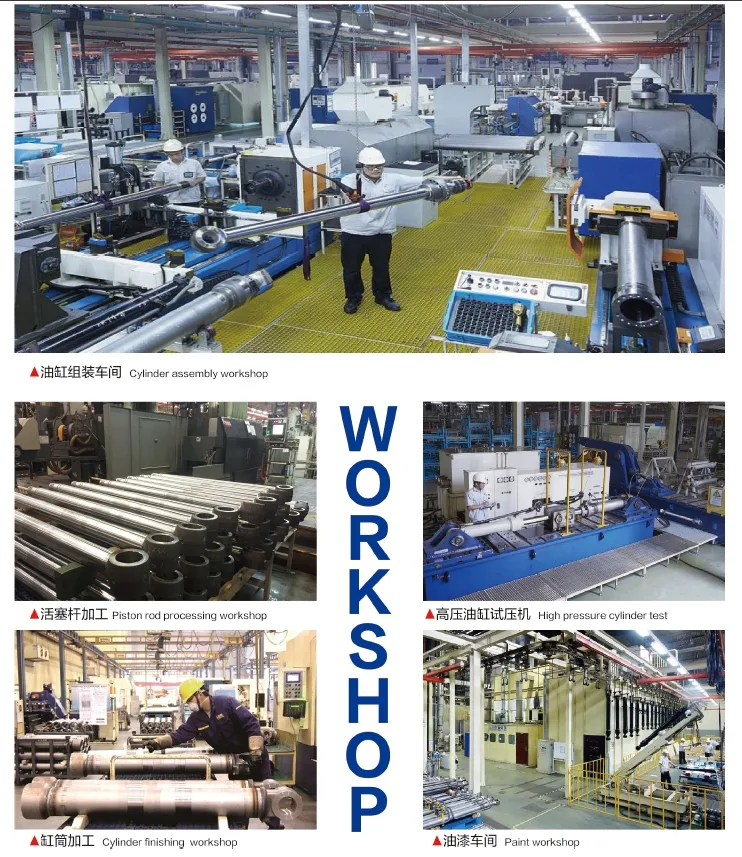
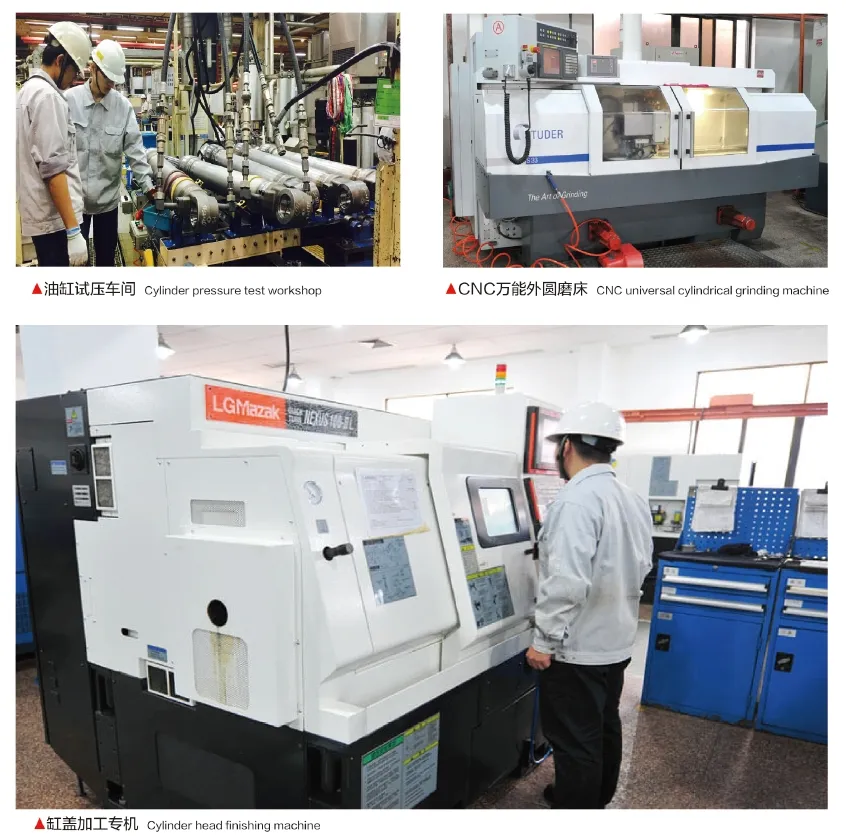
Author: lyl
Take a Tour of Our VR Factory:
Take a tour of our VR factory with the following
Hydraulic Cylinder Application:


